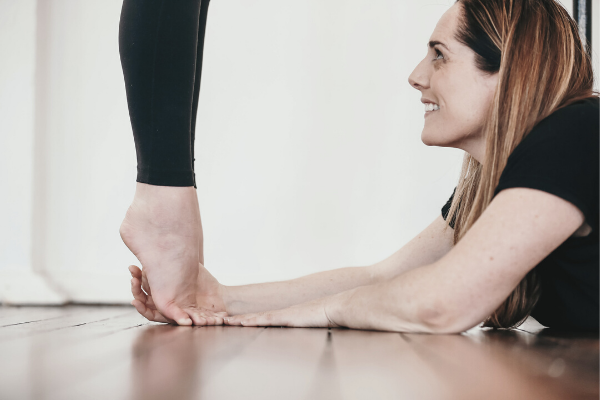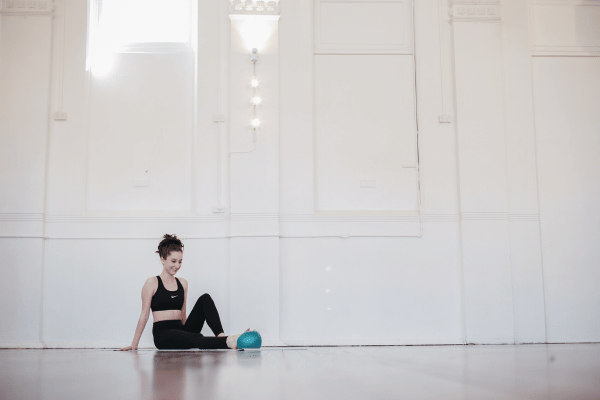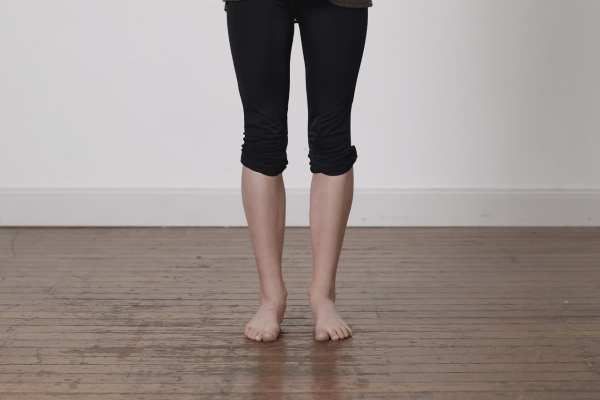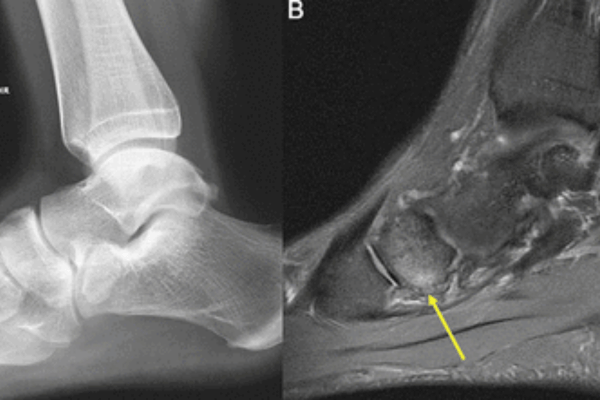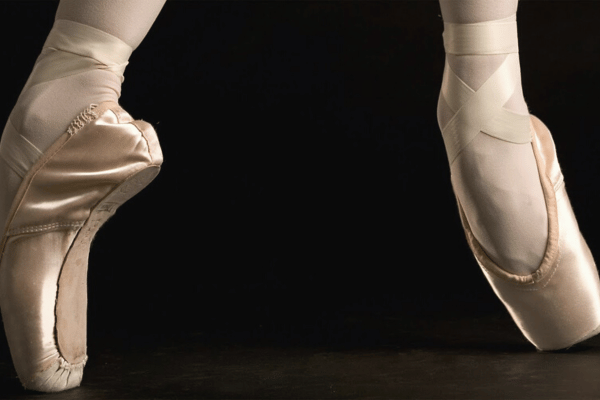- Free Articles
- Shop
- Workshops
- The Dance Educator Series
- Upcoming Workshops
- Workshop FAQ’s
- Host Application Form
- Student Workshop Application Form
- Dance Teacher & Health Professional Directory
- Workshop Testimonials
- Members Areas
- Cart
- My Account
Demi Pointe Shoes - Are they necessary?
A lot of dancers believe that demi-pointe shoes are an essential stage before starting en pointe, while otherd think they are just an added expense... Or potentially even dangerous! Are you using demi-pointe shoes in your training? Do you think they are important?
The argument for:
Demi-pointe shoes have a full leather outsole, which simply means it creates much more resistance than a ballet flat, making the dancer’s foot work harder, therefore providing much needed strengthening in preparation for pointe work. Especially with some of the newer ballet flats, the shoes are created to easily hug into the sole of the foot creating a nice line without much effort. When students are then placed in a full shank pointe shoe, they often struggle to articulate and fully stretch the foot, and can struggle with this. Using a shoe with more resistance may give students the chance to practice in a shoe with more resistance, in order to build the endurance and strength needed, before they get fitted for pointe shoes.
The argument against:
The biggest reason why I tend to avoid using demi-pointe shoes in younger students is that they can hide a number of technical faults, the most important and relevant being massive clawing of the toes. If a dancer does not know how to correctly isolate and articulate the muscles in the forefoot, then adding the added resistance of a stiff sole will simply serve to make them work harder with the wrong muscles. This can lead to all kinds of issues such as Posterior Impingement, Posterior Compartment Syndrome and Achilles Tendinopathy. However, if the dancer is aware of correctly working the front of the foot, and focuses on integrating the "Doming" exercise into every tendu, then the shoes will indeed strengthen the right muscles.
So what should you do?
My preference in the "pre-pointe" phase is actually to get them OUT of their shoes, roll up the stockings, (wear toe thongs if they must) and actually look at what is happening in the foot. So many students I work with have never looked at what is actually happening in their own feet, and showing them a video of their own toes instantly shows them what is going wrong!
Once the student has learnt how to correctly and consistently articulate the foot in a tendu, then, and only then, should they be placed in a demi-pointe shoe. You must watch to see that they are working the front part of the shoe correctly, and at periodic intervals, remove the shoes to check that the correct patterning of muscle firing is still happening.
My personal preference is actually to use broken down pointe shoes of the same style as they use en pointe, rather than specifically designed "demi-pointe" shoes. For instance, one a student has broken down the shank of their first pair, the shank may be removed, and this shoe used for parts of their normal class. This helps them gain more proprioceptive feedback about what it is like to stand in those particular shoes.
All of that being said, I do not think that the demi-pointe shoes are essential for all dancers, and rate the isolation and articulation of all of the small muscles in the forefoot with specific strengthening exercises as far more important. Exercises such as those in The Perfect Pointe Book, My Beginner Pointe and Advanced Foot Control for Dancers are perfect for this.
I hope that explains my take on the subject, and shoes that actually, each side of the 'argument' is actually correct. It all depends, as usual, on the quality and skill of the teacher in making sure that the dancer is performing their exercises correctly.
If you are interested in learning more about exactly how to get students working their feet correctly, and how to help students that really struggle in this area, this is something that we will be going into in detail in my Level 2 Teachers Pointe Intensive. Locations have been set up all over the globe for the coming year so would love to have you along to one of them!
Pointe Resources
If you are looking to delve deeper into this topic, check out the following programs:
- The Perfect Pointe Book: This course was originally designed to help students and dance teachers safely prepare for pointe work. The four stages of tests and exercises within the book are ideal for pre-pointe preparation classes, students close to achieving pointe shoes and students already en pointe looking for extra strength and technique training.
- Pointe Range: This online program comprises of 41 clear and concise videos, totalling just under 2 hours play time, this course begins with a series of assessments to establish exactly what structures are restricting your pointe range. It then explores a diverse array of massage techniques, joint mobility exercises and fascial mobilisers to safely improve your pointe range. This is followed by an in depth look at retraining all of the muscles that stabilise the foot and ankle to allow you to actually use your new found pointe range in class.
- Pointe Intensive: This online virtual workshop is designed for both Dance Teachers & Health Professionals working with dancers. This three day Intensive will give you the most up-to-date advice in the industry to help you understand your students’ needs, analyze their differences, and them you the tools to help your students become the best dancer they can be.



